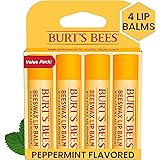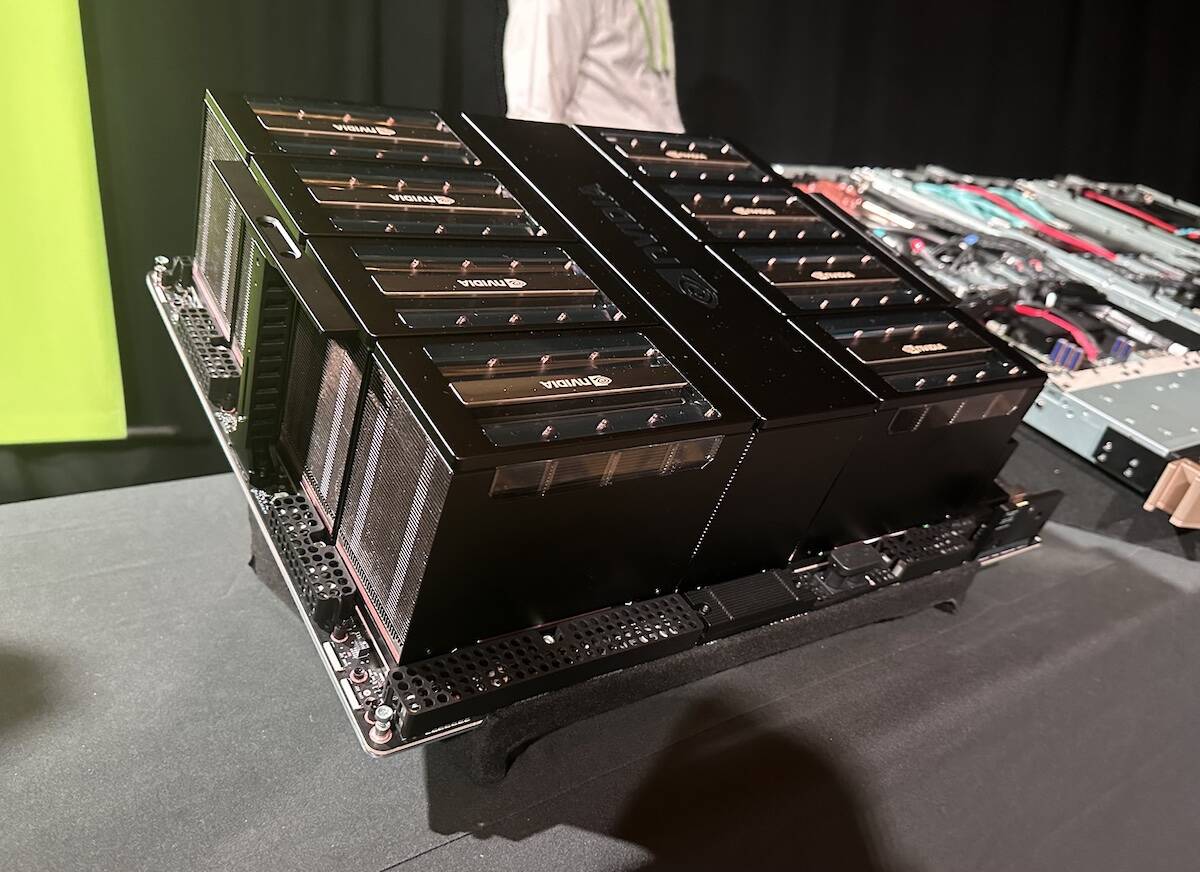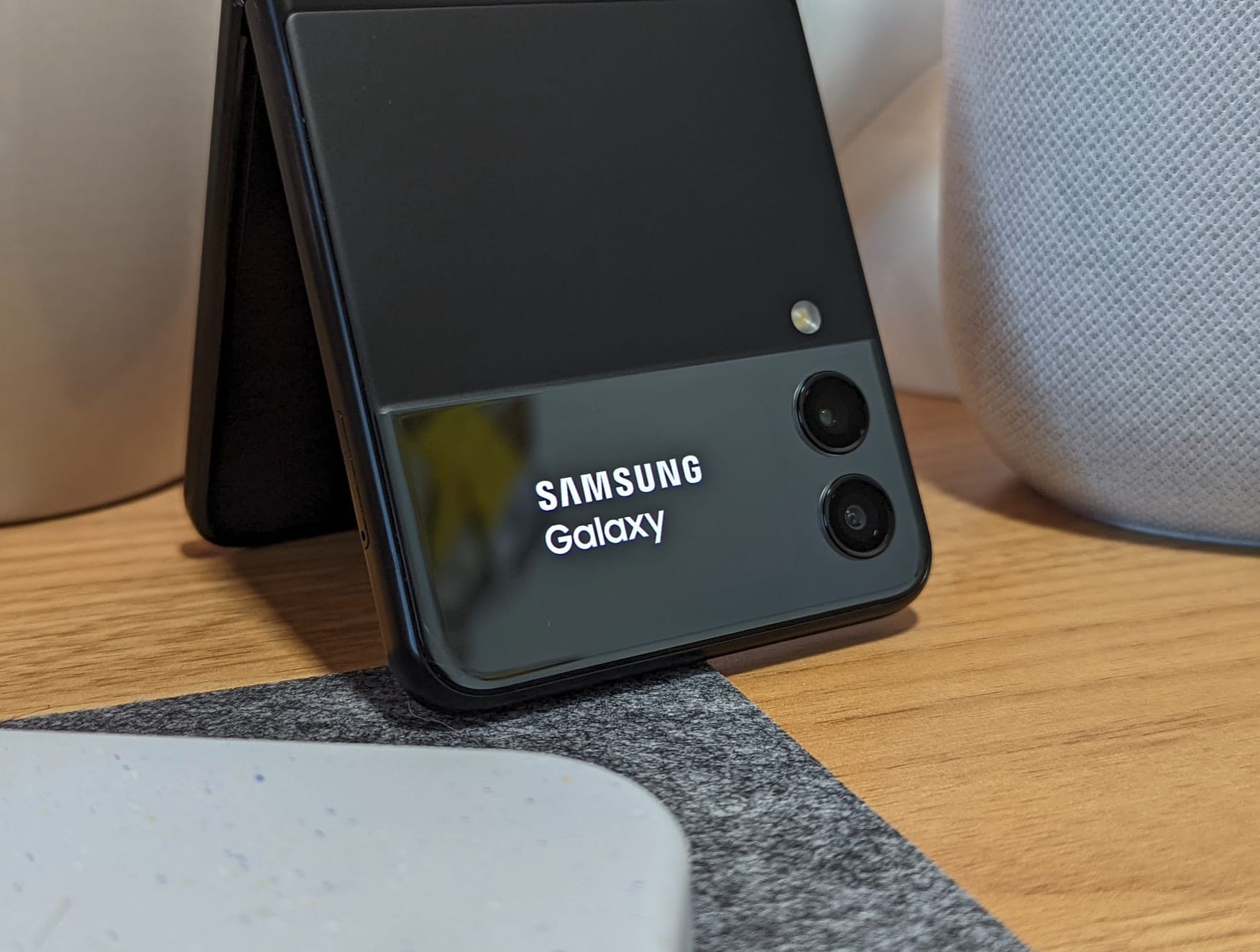candle
Candle is a minimalist ML framework for Rust with a focus on performance (including GPU support)
and ease of use. Try our online demos:
whisper,
llama2.
let a=Tensor::randn(0f32, 1., (2, 3), &Device::Cpu)?; let b=Tensor::randn(0f32, 1., (3, 4), &Device::Cpu)?; let c=a.matmul(&b)?; println!("{c}");
Check out our examples
Check out our examples:
- Whisper: speech recognition model.
- Llama and Llama-v2: general LLM.
- Falcon: general LLM.
- Bert: useful for sentence embeddings.
- StarCoder: LLM specialized to code
generation. - Stable Diffusion: text to
image generative model. - DINOv2: computer vision model trained
using self-supervision (can be used for imagenet classification, depth
evaluation, segmentation).
Run them using the following commands:
cargo run --example whisper --release
cargo run --example llama --release
cargo run --example falcon --release
cargo run --example bert --release
cargo run --example bigcode --release
cargo run --example stable-diffusion --release -- --prompt "a rusty robot holding a fire torch"
cargo run --example dinov2 --release -- --image path/to/myinput.jpg
In order to use CUDA add --features cuda to the example command line. If
you have cuDNN installed, use --features cudnn for even more speedups.
There are also some wasm examples for whisper and
llama2.c. You can either build them with
trunk or try them online:
whisper,
llama2.
For llama2, run the following command to retrieve the weight files and start a
test server:
cd candle-wasm-examples/llama2-c
wget https://huggingface.co/spaces/lmz/candle-llama2/resolve/main/model.bin
wget https://huggingface.co/spaces/lmz/candle-llama2/resolve/main/tokenizer.json
trunk serve --release --public-url /candle-llama2/ --port 8081And then head over to
http://localhost:8081/candle-llama2.
Features
- Simple syntax, looks and feels like PyTorch.
- Model training.
- Embed user-defined ops/kernels, such as flash-attention v2.
- Backends.
- Optimized CPU backend with optional MKL support for x86 and Accelerate for macs.
- CUDA backend for efficiently running on GPUs, multiple GPU distribution via NCCL.
- WASM support, run your models in a browser.
- Included models.
- LLMs: Llama v1 and v2, Falcon, StarCoder.
- Whisper (multi-lingual support).
- Stable Diffusion.
- Computer Vision: DINOv2.
- Serverless (on CPU), small and fast deployments.
- Quantization support using the llama.cpp quantized types.
How to use
Cheatsheet:
| Using PyTorch | Using Candle | |
|---|---|---|
| Creation | torch.Tensor([[1, 2], [3, 4]]) | Tensor::new(&[[1f32, 2.], [3., 4.]], &Device::Cpu)? |
| Creation | torch.zeros((2, 2)) | Tensor::zeros((2, 2), DType::F32, &Device::Cpu)? |
| Indexing | tensor[:, :4] | tensor.i((.., ..4))? |
| Operations | tensor.view((2, 2)) | tensor.reshape((2, 2))? |
| Operations | a.matmul(b) | a.matmul(&b)? |
| Arithmetic | a + b | &a + &b |
| Device | tensor.to(device="cuda") | tensor.to_device(&Device::Cuda(0))? |
| Dtype | tensor.to(dtype=torch.float16) | tensor.to_dtype(&DType::F16)? |
| Saving | torch.save({"A": A}, "model.bin") | candle::safetensors::save(&HashMap::from([("A", A)]), "model.safetensors")? |
| Loading | weights=torch.load("model.bin") | candle::safetensors::load("model.safetensors", &device) |
Structure
- candle-core: Core ops, devices, and
Tensorstruct definition - candle-nn: Tools to build real models
- candle-examples: Examples of using the library in realistic settings
- candle-kernels: CUDA custom kernels
- candle-datasets: Datasets and data loaders.
- candle-transformers: transformers-related utilities.
- candle-flash-attn: Flash attention v2 layer.
FAQ
Why should I use Candle?
Candle’s core goal is to make serverless inference possible. Full machine learning frameworks like PyTorch
are very large, which makes creating instances on a cluster slow. Candle allows deployment of lightweight
binaries.
Secondly, Candle lets you remove Python from production workloads. Python overhead can seriously hurt performance,
and the GIL is a notorious source of headaches.
Finally, Rust is cool! A lot of the HF ecosystem already has Rust crates, like safetensors and tokenizers.
Other ML frameworks
dfdx is a formidable crate, with shapes being included
in types. This prevents a lot of headaches by getting the compiler to complain about shape mismatches right off the bat.
However, we found that some features still require nightly, and writing code can be a bit daunting for non rust experts.We’re leveraging and contributing to other core crates for the runtime so hopefully both crates can benefit from each
other.burn is a general crate that can leverage multiple backends so you can choose the best
engine for your workload.tch-rs Bindings to the torch library in Rust. Extremely versatile, but they
bring in the entire torch library into the runtime. The main contributor oftch-rsis also involved in the development
ofcandle.
Common Errors
Missing symbols when compiling with the mkl feature.
If you get some missing symbols when compiling binaries/tests using the mkl
or accelerate features, e.g. for mkl you get:
=note: /usr/bin/ld: (....o): in function `blas::sgemm':
.../blas-0.22.0/src/lib.rs:1944: undefined reference to `sgemm_' collect2: error: ld returned 1 exit status
=note: some `extern` functions couldn't be found; some native libraries may need to be installed or have their path specified
=note: use the `-l` flag to specify native libraries to link
=note: use the `cargo:rustc-link-lib` directive to specify the native libraries to link with Cargo
or for accelerate:
Undefined symbols for architecture arm64:
"_dgemm_", referenced from:
candle_core::accelerate::dgemm::h1b71a038552bcabe in libcandle_core...
"_sgemm_", referenced from:
candle_core::accelerate::sgemm::h2cf21c592cba3c47 in libcandle_core...
ld: symbol(s) not found for architecture arm64
This is likely due to a missing linker flag that was needed to enable the mkl library. You
can try adding the following for mkl at the top of your binary:
extern crate intel_mkl_src;
or for accelerate:
extern crate accelerate_src;
Cannot run llama example : access to source requires login credentials
Error: request error: https://huggingface.co/meta-llama/Llama-2-7b-hf/resolve/main/tokenizer.json: status code 401
This is likely because you’re not permissioned for the llama-v2 model. To fix
this, you have to register on the huggingface-hub, accept the llama-v2 model
conditions, and set up your
authentication token. See issue
#350 for more details.
Tracking down errors
You can set RUST_BACKTRACE=1 to be provided with backtraces when a candle
error is generated.
Note: This article have been indexed to our site. We do not claim legitimacy, ownership or copyright of any of the content above. To see the article at original source Click Here










:strip_exif()/i/2004618420.jpeg?f=meta)



